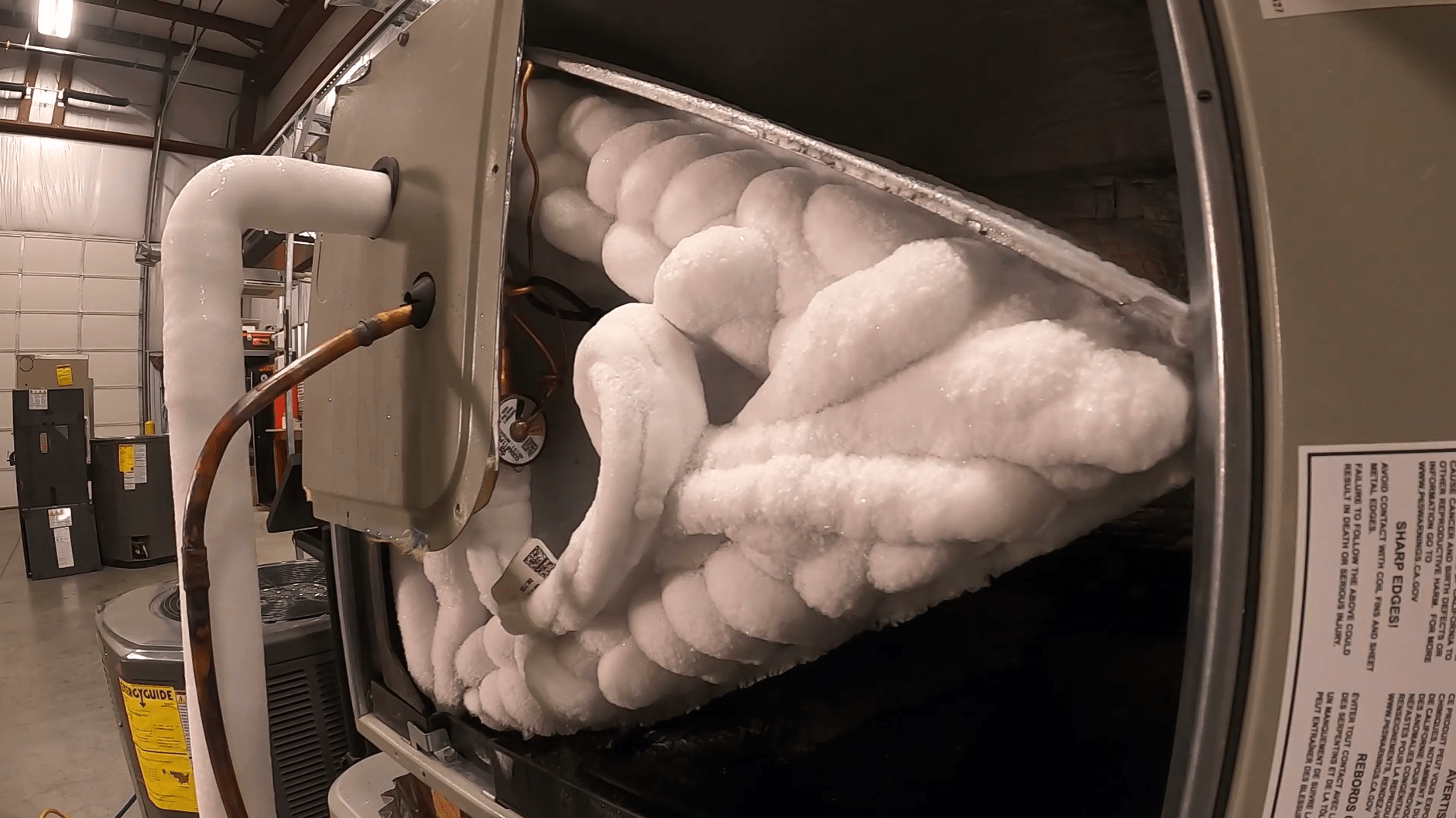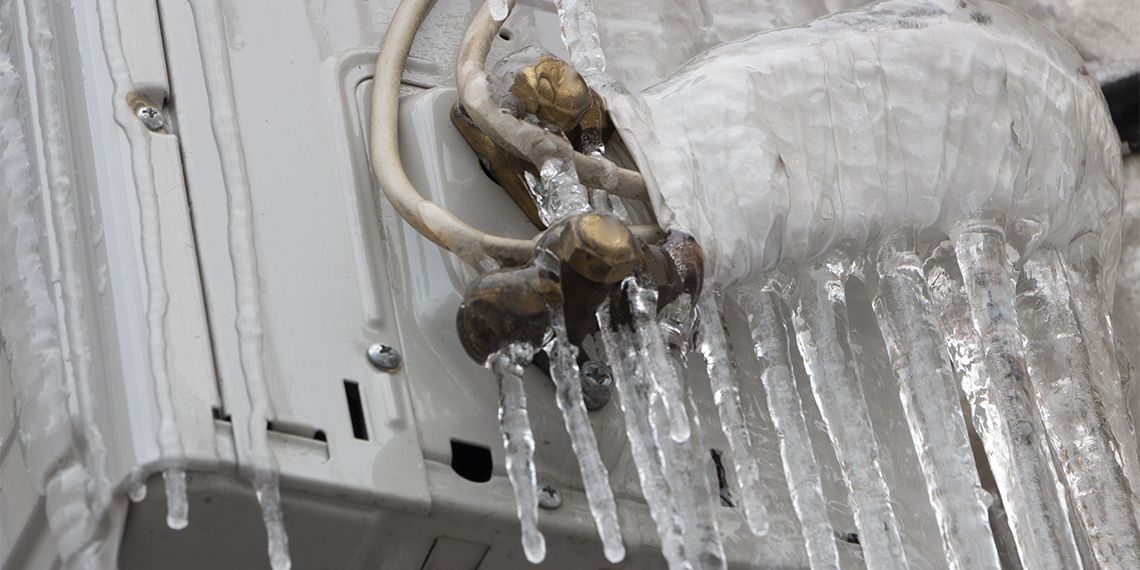Right here down the page you can get additional brilliant news involving How can I fix an air conditioner’s frozen pipe?.

Intro
Uncovering that your air conditioner pipeline is iced up can be concerning, especially during hot summer months when you depend on your a/c the most. Understanding what to do in such a situation is crucial to prevent more damages to your cooling system and ensure your convenience inside your home.
Comprehending the Causes
A number of elements can contribute to the cold of an a/c pipe. Understanding these causes can help you address the concern properly.
Absence of Airflow
One typical root cause of a frozen air conditioning pipe is inadequate airflow. When the airflow over the evaporator coil is limited, it can trigger the coil to go down below freezing temperature, resulting in ice formation on the pipeline.
Reduced Refrigerant Levels
Inadequate cooling agent levels in your AC system can also cause an icy pipe. Low cooling agent degrees can trigger the pressure in the system to go down, causing the freezing of moisture on the evaporator coil.
Winter Conditions
In colder environments, freezing temperature levels outside can contribute to the freezing of air conditioner pipelines. If your air conditioning unit is not properly shielded or if there are leaks in the ductwork, cold air can penetrate the system, triggering the pipeline to freeze.
Dirty Air Filters
Filthy or clogged air filters can limit airflow in your a/c system, causing different concerns, consisting of an icy pipeline. It's important to change or cleanse your air filters regularly to guarantee correct airflow and stop ice buildup.
Indications of a Frozen A/c Pipe
Identifying the signs of a frozen air conditioner pipe is critical for prompt activity.
Lowered Airflow
If you notice a considerable decline in airflow from your vents, it could suggest an icy pipe.
Ice Buildup on the Pipe
Noticeable ice build-up on the cooling agent line or the evaporator coil is a clear indication of a frozen a/c pipeline.
Strange Sounds from the Unit
Unusual noises, such as hissing or gurgling, originating from your AC system can indicate that there's ice existing on the pipeline.
Immediate Actions to Take
When confronted with an icy AC pipe, it's necessary to act swiftly to prevent further damage to your cooling system.
Turning off the air conditioning
The primary step is to switch off your ac system to avoid the system from running and intensifying the problem.
Looking for Blockages
Evaluate the location around the interior system for any kind of blockages that might be obstructing air movement, such as furnishings or drapes.
Defrosting the Pipe
You can make use of mild approaches like positioning towels taken in cozy water around the icy pipe to assist thaw it slowly.
Preventive Measures
Taking preventive measures can assist prevent future occurrences of a frozen AC pipeline.
Normal Maintenance Checks
Set up routine maintenance talk to an expert HVAC service technician to make sure that your a/c system is running effectively.
Changing Air Filters
Routinely replace or cleanse your air filters to stop air flow restrictions and maintain optimal efficiency.
Protecting Exposed Pipes
If your air conditioning pipes are revealed to chilly temperatures, consider shielding them to avoid freezing during cold weather.
Looking For Professional Help
If DIY methods fail to settle the problem or if you're uncertain concerning exactly how to proceed, it's ideal to look for support from a qualified HVAC professional.
When DIY Methods Fail
If your attempts to thaw the pipeline or address various other issues are not successful, it's time to contact a professional.
Relevance of Hiring a Professional HVAC Technician
A qualified HVAC service technician has the knowledge and devices needed to diagnose and fix issues with your a/c system safely and properly.
Conclusion
Managing an icy AC pipeline can be an aggravating experience, yet knowing just how to respond can assist decrease damages and restore comfort to your home. By understanding the reasons, acknowledging the signs, and taking punctual action, you can effectively resolve the problem and prevent future events.
G UP? HOW TO FIX IT?
It happens all over America. And the rest of the world probably. It’s the hottest day ever and for some darn reason your AC isn’t cooling the house. You fiddle with the thermostat to try and fix the problem. Nada. All you can do now is go outside and check the AC unit. You make your way there and find your air conditioner unit is frozen! But how?
In this post we’ll cover how you can tell that your air conditioner has frozen (other than the obvious reasons), what could have caused the freeze, and some of the things you can do about your AC freezing up. And if you have a frozen heat pump condenser, read our blog about it to learn what to do! But remember, it is always best to avoid your AC freezing up with an AC tune up. And if you are moving into a home, it's critical to get HVAC inspection so that you are aware of an AC problems before you move in.
Keep reading and you may be able to fix the frozen AC yourself. If you can’t, call an HVAC specialist. If you live in Maryland, call SuperTech HVAC for AC repair. We’ll take care of it.
How Does An Air Conditioning Unit Work?
How you probably imagine an AC works is wrong. Contrary to popular belief, an AC system does not inject cool air into a building. Instead, it removes the heat from inside and transfers it outside. Cool huh? (Pun intended).There are 4 major components among the 3 stations of an air conditioning system: the evaporator coil, the compressor, the condenser, and the refrigerant – a special chemical that links everything together through a closed loop system.
Station 1:
Warm indoor air is sucked into the return vent, through a filter, and blows over the evaporator coil. The heat is absorbed into the cold refrigerant, turning it from liquid to gas. The air, which is now cool, is blown back into the home to areas that your thermostat, i.e. you, has decided.
Station 2:
The refrigerant makes its way outside the house to the compressor, which squeezes the warm refrigerant, raising its gaseous temperature even more.
Station 3:
When the super hot vapor refrigerant reaches the condenser, the last step, the heat is expelled and absorbed into the outdoor air. The refrigerant instantly cools, which changes it from gas back to liquid form. The cold liquid refrigerant is now ready to return to station 1 and repeat the process.
Is Your AC Freezing Up? Here Are The Signs:
As you may have guessed, your air conditioner unit freezing up on a hot day is not normal.
If this happens, there's no need to panic. Often the issue can be solved with a little troubleshooting. If the AC unit is left frozen for too long however, you may find yourself with a bigger problem.
First things first, how do you know your AC is frozen?
Well, the obvious sign is the ice on your refrigerant line-set pipe. Simply check between your outdoor AC unit and your home's exterior wall to see whether your AC line frozen.
You might also have a frozen evaporator coil. This one's not as easy to check. You'll need to open a panel on the indoor unit to inspect. Don't do this unless you're handy. If you aren't, call an HVAC pro like SuperTech HVAC or you may damage something in the process.

I recently found that write up on Air Conditioner Frozen? How To Fix your Frozen AC Line when browsing on the web. Don't hesitate to set aside a second to share this article if you enjoyed reading it. I treasure reading our article about Have a Frozen AC Line? Here’s How to Fix It.
Click Here
Comments on “Icy Air Conditioner Pipe - Identifying and Resolving the Issue Quickly”